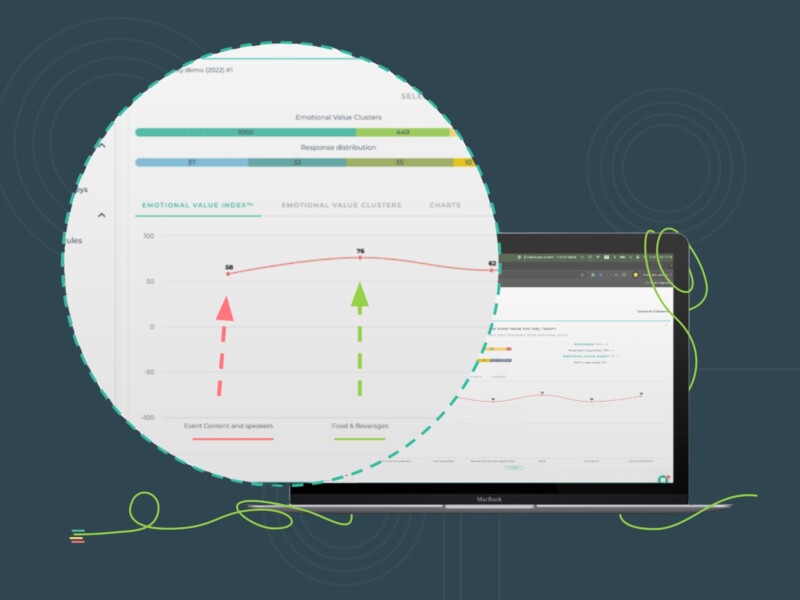As customers, all of us, at some point in our life, have experienced at least one issue during checkout that either caused us to abandon the cart or leave a negative review or do nothing about it. Now, from the business’s perspective, this is a red flag.
So, how do you fix it?
There’s only one way to find out. Ask your customers. As with every other aspect of your product/service, customers are the key stakeholders who can pinpoint what is wrong with your checkout systems.
The best way to ensure a frictionless checkout experience is by gathering feedback, analyzing them, and fixing issues that are losing revenue for your business. Here’s how to do it.
Gather Feedback Before and After Purchase
Sometimes, the reason why a customer abandons the cart is not because of checkout issues. It could be due to a lackluster experience in another phase of the customer journey. So, you need to focus on the entire customer journey and find out the pain points that customers face.
For this, you can set up automated short feedback surveys in both pre-purchase and post-purchase stages. During pre-purchase, the surveys can be designed to gather feedback related to product information, product selection, or website design. The post-purchase surveys can address aspects like payment options, delivery/shipping options, or checkout speed.
Analyze Your Entire Customer Journey
If you need happy customers, you need to focus on delivering a fabulous customer experience from beginning to end. Start with mapping out the customer journey from the awareness stage to post-purchase. Highlight every touchpoint and interaction from the moment your customer visits the website until checkout. If you need help with customer journey mapping, you can use our free template to begin!
Once mapped out comprehensively, you must analyze the customer journey from the customer’s perspective. You have to walk in their shoes to identify their problems better. Try to identify what touchpoints are problematic and don’t allow a smooth transition to the next phase.
Analyze the Customer Data to Identify the Drop Out Points
Now, when it comes to checkout issues, the key is to identify where the problem occurs. You need to find out which stage of the checkout deters or annoys the customer from going further. For this, you need to analyze the conversion rates between each phase of the checkout process. See where it slows down or decreases. Is it the selection of the preferred payment option, delivery option, or anything else?
Then, you have to figure out why it happens. Analyzing the feedback that you have gathered earlier will give you the right insights into the issues. By utilizing a customer feedback management platform like Feedbackly, you can analyze feedback easily and quickly.
Make Meaningful and Useful Changes
The final step would be to make the right decisions based on the insights you have gathered from feedback and data analysis. Your customers provide feedback expecting that their pain points will be solved. If businesses want to retain their customers, it’s paramount that such pain points are resolved as promptly as possible, especially the issues in a crucial phase as checkout.
Therefore, close the feedback loop with meaningful and useful changes in the checkout stage and improve the overall customer experience. It’s not possible to eliminate checkout issues, but you can keep them at a lower rate by enhancing the features on your end!
Takeaway
If you are looking for a reliable and detailed feedback management platform that helps you execute and manage the above tasks efficiently, look no further. Feedbackly is equipped with a range of rich features to help businesses optimize their customer experience. It also integrates well with leading customer management platforms.
Case study: Learn how IVALO.COM doubled its customer retention rate
IVALO.COM boosted their NPS by a magical 41% and doubled the customer retention rate only during the time of 6 months. We met with them to learn how they did it and we’re excited to share their story with you. We hope you find it helpful!




